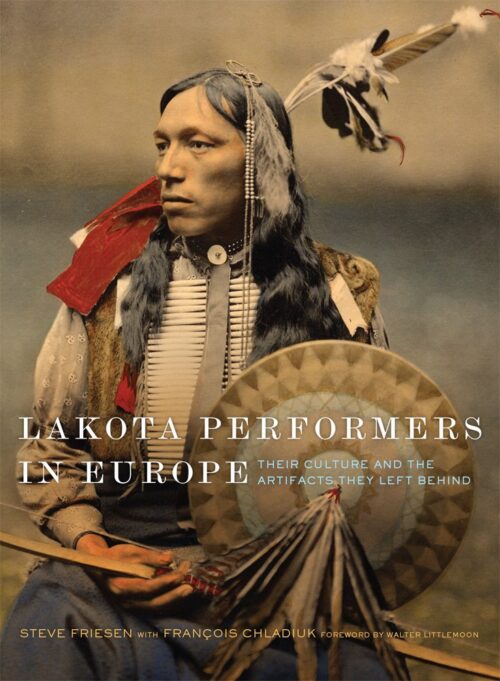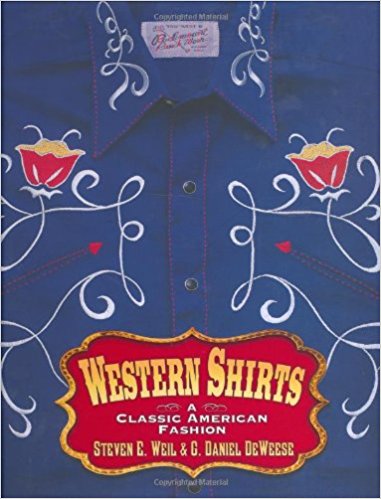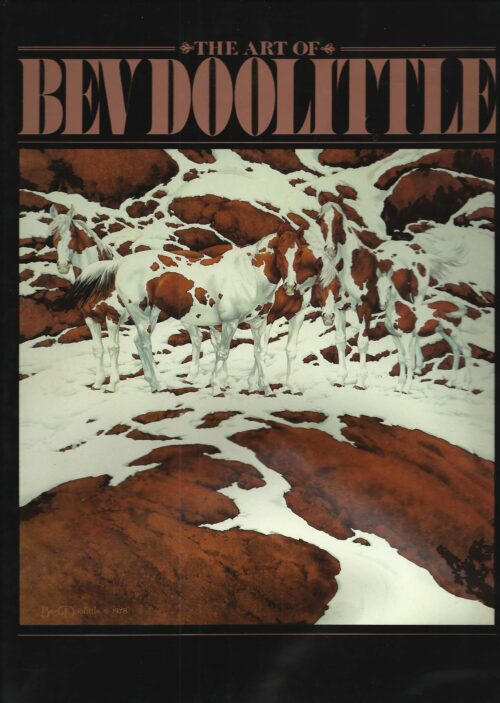-
 From April to November 1935 in Belgium, fifteen Lakotas enacted their culture on a world stage. Wearing beaded moccasins and eagle-feather headdresses, they set up tepees, danced, and demonstrated marksmanship and horse taming for the twenty million visitors to the Brussels International Exposition, a grand event similar to a world’s fair. The performers then turned homeward, leaving behind 157 pieces of Lakota culture that they had used in the exposition, ranging from costumery to weaponry. In Lakota Performers in Europe, author Steve Friesen tells the story of these artifacts, forgotten until recently, and of the Lakota performers who used them. The 1935 exposition marked a culmination of more than a century of European travel by American Indian performers, and of Europeans’ fascination with Native culture, fanned in part by William F. “Buffalo Bill” Cody’s Wild West from the late 1800s through 1913. Although European newspaper reports often stereotyped Native performers as “savages,” American Indians were drawn to participate by the opportunity to practice traditional aspects of their culture, earn better wages, and see the world. When the organizers of the 1935 exposition wanted to include an American Indian village, Sam Lone Bear, Thomas and Sallie Stabber, Joe Little Moon, and other Lakotas were eager to participate. By doing this, they were able to preserve their culture and influence European attitudes toward it. Friesen narrates these Lakotas' experiences abroad. In the process, he also tells the tale of collector François Chladiuk, who acquired the Lakotas’ artifacts in 2004. More than 300 color and black-and-white photographs document the collection of items used by the performers during the exposition. Friesen portrays a time when American Indians—who would not long after return to Europe as allies and liberators in military garb—appeared on the international stage as ambassadors of the American West. Lakota Performers in Europe offers a complex view of a vibrant culture practiced and preserved against tremendous odds.
From April to November 1935 in Belgium, fifteen Lakotas enacted their culture on a world stage. Wearing beaded moccasins and eagle-feather headdresses, they set up tepees, danced, and demonstrated marksmanship and horse taming for the twenty million visitors to the Brussels International Exposition, a grand event similar to a world’s fair. The performers then turned homeward, leaving behind 157 pieces of Lakota culture that they had used in the exposition, ranging from costumery to weaponry. In Lakota Performers in Europe, author Steve Friesen tells the story of these artifacts, forgotten until recently, and of the Lakota performers who used them. The 1935 exposition marked a culmination of more than a century of European travel by American Indian performers, and of Europeans’ fascination with Native culture, fanned in part by William F. “Buffalo Bill” Cody’s Wild West from the late 1800s through 1913. Although European newspaper reports often stereotyped Native performers as “savages,” American Indians were drawn to participate by the opportunity to practice traditional aspects of their culture, earn better wages, and see the world. When the organizers of the 1935 exposition wanted to include an American Indian village, Sam Lone Bear, Thomas and Sallie Stabber, Joe Little Moon, and other Lakotas were eager to participate. By doing this, they were able to preserve their culture and influence European attitudes toward it. Friesen narrates these Lakotas' experiences abroad. In the process, he also tells the tale of collector François Chladiuk, who acquired the Lakotas’ artifacts in 2004. More than 300 color and black-and-white photographs document the collection of items used by the performers during the exposition. Friesen portrays a time when American Indians—who would not long after return to Europe as allies and liberators in military garb—appeared on the international stage as ambassadors of the American West. Lakota Performers in Europe offers a complex view of a vibrant culture practiced and preserved against tremendous odds. -
 No longer found only on the backs of ol' cow hands from the Rio Grande, or in closets that have been undisturbed for the last sixty years, cowboy shirts are now highly collectible-treasured pieces of Western Americana. But what distinguishes one from the other? Cowboy Shirts is the resource on understanding the history behind these uniquely American pieces of art, and on what to look for in collecting them, because while fashion trends may come and go, quality design and construction are always recognizable. The book contains a complete list of cowboy shirt labels (over 250 of them!) to help you identify the manufacturer and date of your finds, and Rowdy, rhinestoned, saucy, sturdy, colorful, or plain-Cowboy Shirts will make you want to kick up your spurs in Western delight as you follow them from practical wear, to costume, to fashion, to art. G. Daniel DeWeese was raised in South Dakota where his parents owned and operated a ranch near the Black Hills. Dan studied creative writing at the University of South Dakota before going to West Africa with the Peace Corps as an irrigation specialist for agricultural development programs. He helped launch and manage an agricultural-development company in Saudi Arabia. Dan has worn Western shirts, hats and boots all his life, around the world. He lives with his wife, Julie, and their overgrown Airedale in Minnesota. Steve Weil has Western wear in his genes: he is the third generation to run his family's firm, Rockmount Ranch Wear Mfg. Co. Steve's first foray in the rag trade was in 1958 as an infant model in a Western industry fashion show. His love for vintage Western wear began in high school when he raided his grandfather's closet for shirts from the 40's. Today he heads the company and is responsible for all design of the brand's many lines. Steve lives in Denver with his wife Wendy and son Colter
No longer found only on the backs of ol' cow hands from the Rio Grande, or in closets that have been undisturbed for the last sixty years, cowboy shirts are now highly collectible-treasured pieces of Western Americana. But what distinguishes one from the other? Cowboy Shirts is the resource on understanding the history behind these uniquely American pieces of art, and on what to look for in collecting them, because while fashion trends may come and go, quality design and construction are always recognizable. The book contains a complete list of cowboy shirt labels (over 250 of them!) to help you identify the manufacturer and date of your finds, and Rowdy, rhinestoned, saucy, sturdy, colorful, or plain-Cowboy Shirts will make you want to kick up your spurs in Western delight as you follow them from practical wear, to costume, to fashion, to art. G. Daniel DeWeese was raised in South Dakota where his parents owned and operated a ranch near the Black Hills. Dan studied creative writing at the University of South Dakota before going to West Africa with the Peace Corps as an irrigation specialist for agricultural development programs. He helped launch and manage an agricultural-development company in Saudi Arabia. Dan has worn Western shirts, hats and boots all his life, around the world. He lives with his wife, Julie, and their overgrown Airedale in Minnesota. Steve Weil has Western wear in his genes: he is the third generation to run his family's firm, Rockmount Ranch Wear Mfg. Co. Steve's first foray in the rag trade was in 1958 as an infant model in a Western industry fashion show. His love for vintage Western wear began in high school when he raided his grandfather's closet for shirts from the 40's. Today he heads the company and is responsible for all design of the brand's many lines. Steve lives in Denver with his wife Wendy and son Colter -
 Bev Doolittle "The Visual Storyteller" Bev Doolittle is one of America's most collected artists. Her camouflage art is loved by art collectors around the world. Through sheer force of talent and dedication, she has achieved a status in the art world few contemporary artists even dream of. Crowded with intricate visual detail, haunted by presences seen and unseen, her paintings captivate the viewer on many levels. Bev Doolittle was born and raised in California. As a teenager she won a weekend scholarship to attend the prestigious Art Center College of Design in Los Angeles. She met her husband, Jay, at art school and they started married life with a painting trip to Bryce Canyon and Zion National Parks in Utah. For the next five years the Doolittles were art directors for an advertising agency in Los Angeles. She is often called a "camouflage artist" because her distinctive use of context, design and pattern help viewers discover meanings which seem hidden only until they become obvious. "I use camouflage to slow down the storytelling in a painting. But my messages about our wilderness and native peoples are never hidden." As proof of her dedication to these issues, a portion of the proceeds from sales of Doolittle prints is donated anonymously to environmental and other causes each year.
Bev Doolittle "The Visual Storyteller" Bev Doolittle is one of America's most collected artists. Her camouflage art is loved by art collectors around the world. Through sheer force of talent and dedication, she has achieved a status in the art world few contemporary artists even dream of. Crowded with intricate visual detail, haunted by presences seen and unseen, her paintings captivate the viewer on many levels. Bev Doolittle was born and raised in California. As a teenager she won a weekend scholarship to attend the prestigious Art Center College of Design in Los Angeles. She met her husband, Jay, at art school and they started married life with a painting trip to Bryce Canyon and Zion National Parks in Utah. For the next five years the Doolittles were art directors for an advertising agency in Los Angeles. She is often called a "camouflage artist" because her distinctive use of context, design and pattern help viewers discover meanings which seem hidden only until they become obvious. "I use camouflage to slow down the storytelling in a painting. But my messages about our wilderness and native peoples are never hidden." As proof of her dedication to these issues, a portion of the proceeds from sales of Doolittle prints is donated anonymously to environmental and other causes each year.

